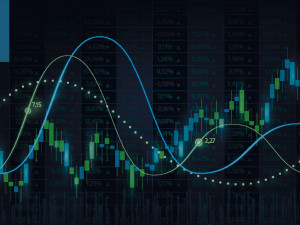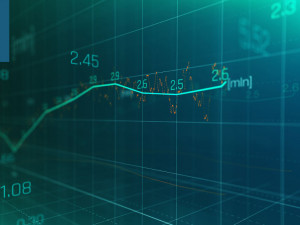
It’s all about two metres
Morning mid-market rates – The majors
15th June: Highlights
- GDP Collapse hardly a surprise
- U.S. economy off to the races
- Recovery Fund Summit to point direction for Single Currency
Phase two of recovery starts today. (Just in Time)
The OECD has said that it believes that the UK economy will be one of the worst hit in the developed world, but as Chancellor, Sushi Sunak said in a pair of TV interviews yesterday, that is hardly surprising given UK activity and output are driven by services which will be the last areas to reopen.
He went to on say that that the second phase of the lifting of the lockdown which will start today with non-essential retail outlets being allowed to reopen provided social distancing rules are complied with, will provide a boost in several areas (not least of all in VAT receipts)
Sunak also backed up the slightly tongue in cheek comment from the Health Secretary when he said on Friday that it is everyone in England’s Civic Duty to go out and spend now the shops are opening and it is considered safe to do so.
The Prime Minister also backed the Chancellor’s view by assuring the nation that it is safe now to visit retailers.
This week, the main event for the UK will be the employment report which will be released tomorrow. Retail sales will also be released, and the Bank of England MPC will meet on Thursday. While there is no expectation for a change in monetary policy although Andrew Bailey’s comments will be eagerly expected.
It is expected that the unemployment rate will jump to 4.5% in the three months to April with 370k jobs having been lost in May
The pound has begun to react to the various headwinds it has been facing recently. Last week, it traded between 1.2813 and 1.2473. It closed at 1.2539. ON a technical basis, a close below 1.2500 could signal further falls.
Considering your next transfer? Log in to compare live quotes today.
Administration and Fed. on different paths
His comments were not fully in accord with those of the two top Financial Guardians of the economy, Treasury Secretary Mnuchin and Fed Chairman Powell. Mnuchin does tend to lean towards his boss’s view while Powell is and has historically held his own view.
Other economic predictions have been a little more conservative (Small c) than Kudlow’s, but he is considered Trump’s Chief cheerleader, in addition to his other titles.
The ripples from the May employment report continue to drift through the market with several views being expressed that despite concerns over a second spike in the Autumn, the U.S. economy may genuinely see a V-shaped recovery. One of the most prominent fund managers in the U.S. labelled the May NFP number as one of the most significant single pieces of economic data in U.S. history.
Despite the fact that 21 million Americans are currently without work. there is a growing belief that the hiring signs will be illuminated sooner rather than later.
The dollar index has begun to recover, and while it may be that it is a reaction to a fall in global risk appetite given the concerns over a second spike in Beijing, it is far more likely to be in reaction to the general positivity regarding the U.S. economy. This is particularly true when compared to the UK and Eurozone, whose currencies make up a significant part of the index.
This week, the Fed Chairman will testify before Congress in his six-monthly report on the health of the economy. While most of what he says will be already known, the degree of optimism and confidence he shows will likely have a direct impact on the dollar.
Also, this week, retail sales data is due for release and they are expected to show a bounce back from historically low numbers in April.
Last week, the dollar index rose to a high of 97.45, closing at 97.10
Activity indexes likely to drive euro
This could be at odds with the outlook for the economy as well as falling risk appetite and an expected upswing in the U.S.
Since this view is mostly technically driven there will need to be some significant resistance levels broken if the recent rally is to continue. For now, the falls seen on Thursday and Friday can be seen as corrections, but this week’s data may prove decisive.
Trade data will be released later today, and the surplus is expected to shrink considerably as exports fall.
The ZEW indexes of economic activity in Germany and the wider Eurozone will be released tomorrow and although they will still be dire, some improvement is expected. Also, inflation data for Germany will be released although this is unlikely to either change or have any effect on the currency.
The ECB’s economic Bulletin will be released on Thursday with an Ecofin and EU Heads of State being held on Friday.
The Heads of State meeting will be significant as it will discuss the Relief Fund that was first mooted by France and Germany at a summit some six weeks ago.
Emmanuel Macron and Angela Merkel will try to persuade the now Frugal Four (it was five before Germany decided that it was in its best interests to keep the Union whole) that grants, rather than loans, are the way forward to help countries most affected to grow their economies.
Over the past week, the euro broke several barriers on its way higher, but the fear remains, despite renewed optimism, that it may be another false dawn.
It reached 1.1422 before pulling back sharply to close at 1.1255 having traded as low as 1.1212.

About Alan Hill
Alan has been involved in the FX market for more than 25 years and brings a wealth of experience to his content. His knowledge has been gained while trading through some of the most volatile periods of recent history. His commentary relies on an understanding of past events and how they will affect future market performance.”



